The very strange yet promising yet too-weird world of Eternal Champions
The Sega fighting game that deserved better.
I can't remember when I bought Eternal Champions, which is annoying because I always remember obscure purchases to the detriment of remembering genuinely useful things. Besides the fact it would have been a Mega Drive game I hadn't seen before, I can be fairly confident that the game cover sold it to me. I would have been about 10 at the time and my sole reference point was occasional games magazines and a lot of browsing shelves and thinking 'ooh, that looks good' in that way that only a 10-year-old can truly do in the appropriate way.
A brief Google while writing this has taught me that the wondrous cover was painted by Julie Bell, an American illustrator and fantasy artist. I love it. I love all the artwork to do with Eternal Champions. Ignore my words for a moment and look at those screenshots and the photos from the manual. Lovely character models, aren't they? They're mostly courtesy of Ernie Chan, a comic book artist, who worked on a lot of DC and Marvel comics during the 1970s.
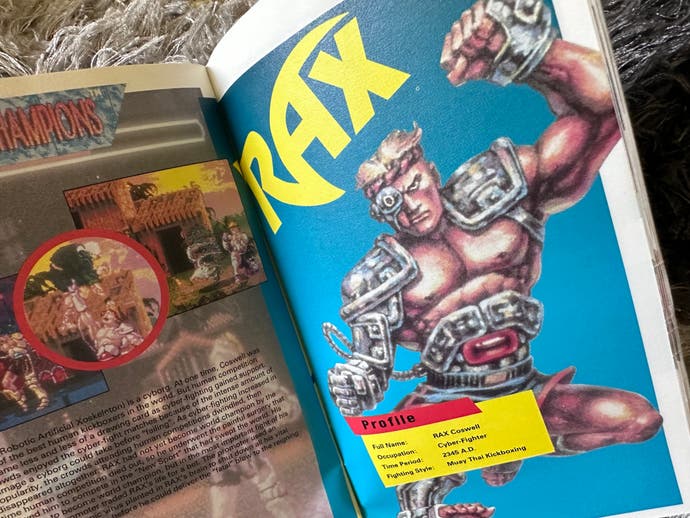

None of this would matter if the game lacked personality and wonder, but it has both. It's also a rock solid fighting game that even now I struggle to succeed at. While I can't remember the timing, I know I bought it because my best mate had Street Fighter 2 on the SNES and I couldn't find the Mega Drive version. Mortal Kombat scared me (I was a wimpy kid) so that was out of the question other than brave gazes at a demo machine in a local computer store. Eternal Champions felt like it was somewhere in between those two.
The game endeavoured to have a story. While, obviously, back then, you weren't exactly greeted with cutscenes, you did have the game manual. Said manual introduced each of the nine playable characters. They were all from different eras of history. There was a prehistoric hunter called Slash from 50,000 BC who was, basically, too bright for his tribe and killed for it. Then there was alchemy student, Xavier, who was killed for being a witch back in 1692 as part of the Salem Witch Trials.
In a more futuristic vein came Blade, a Syrian bounty hunter from 2030 who was searching for a lethal virus and inadvertently caused its spread. My favourite was Rax. This is probably because he felt a bit like a Ryu rip-off, but with cybernetic implants. He was from the 24th century where cyber kickboxing is all the rage, it seems.
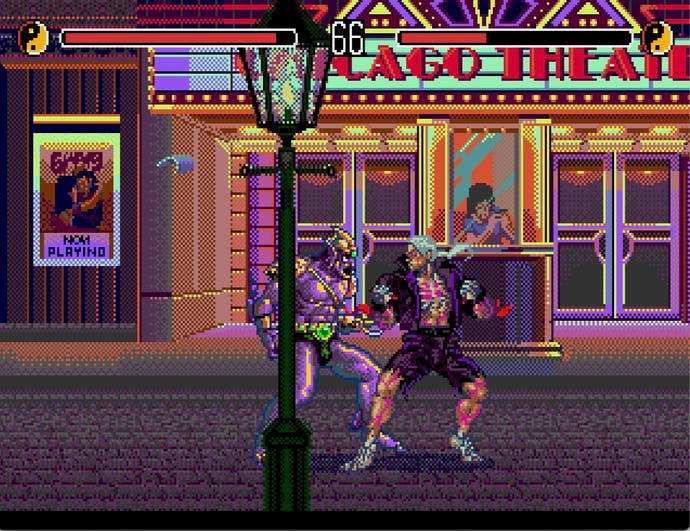
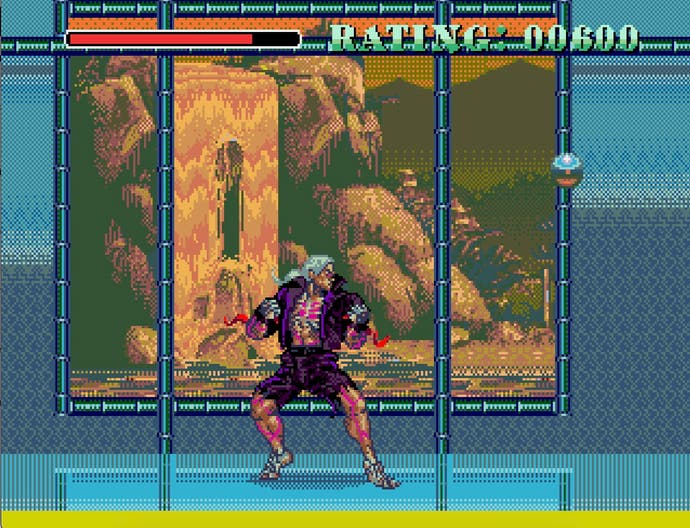
I'm scratching the surface here but Sega certainly didn't. The story of the Eternal Champions was adapted for Sonic the Comic, the greatest comic to have ever existed (probably). There were two adventure gamebooks too, because that was certainly a thing back then with Sonic, Mario and even Zelda getting in on the Fighting Fantasy act. And that's the thing about Eternal Champions actually - it had an awful lot of personality for an otherwise fairly straightforward fighter.
It borrowed from its competition, one of the more distinctive things being its Overkills. Fatalities by another name, each Overkill was ridiculous and incredibly bloodthirsty. Thought Mortal Kombat could be absurd? Well, it could be, sure, but Eternal Champions had your foe being eaten by a Tyrannosaurus rex. That definitely stands out. It wasn't gory like Mortal Kombat but it was certainly memorable. Other Overkills included being pulled under the water and eaten by carnivorous plants or a 'simple' drive-by shooting. Also, predictably given Xavier's past, you could also burn someone at the stake. That was pretty unpleasant looking for the time.
Perhaps the weirdest part though? Technically, no one is bad in this game. While picking out villains in other fighting games is easy enough, this one is less of a morality tale. Instead everyone's simply trying to save mankind by defeating each other in battle. As you do. It actually makes for a disjointed affair as it's hard to fully 'get' Eternal Champions.
Instead, you focus on simply figuring it out. The main story mode is tough - very tough - with your AI opponent easily taking out a fair chunk of your health with one hit. It was a little slow even at the time, so it feels slower now, but there's still the satisfaction that comes from stringing those moves together, as helped by my copy including a combo card for tips. After all, there was no way of finding out anything other than by experimentation back then. However, like Street Fighter 2, the game heavily depended on you having a six-button controller - a rare thing for Mega Drive owners at the time. If you only had a standard one like me, you had to press the start button to switch between punches and kicks, and that isn't exactly convenient in the heat of battle.
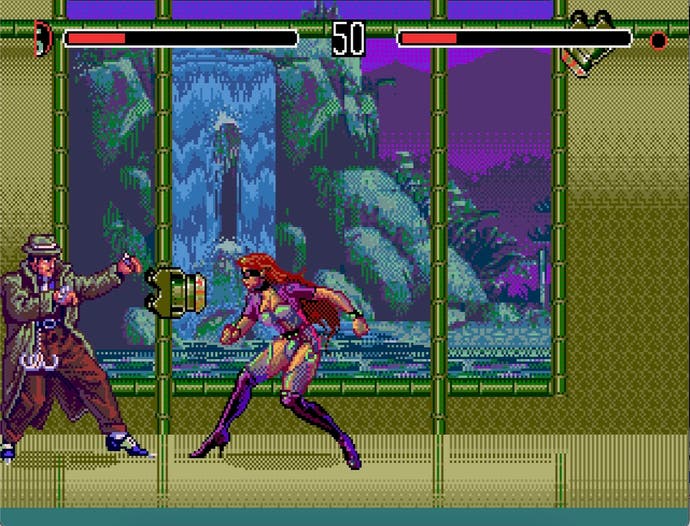
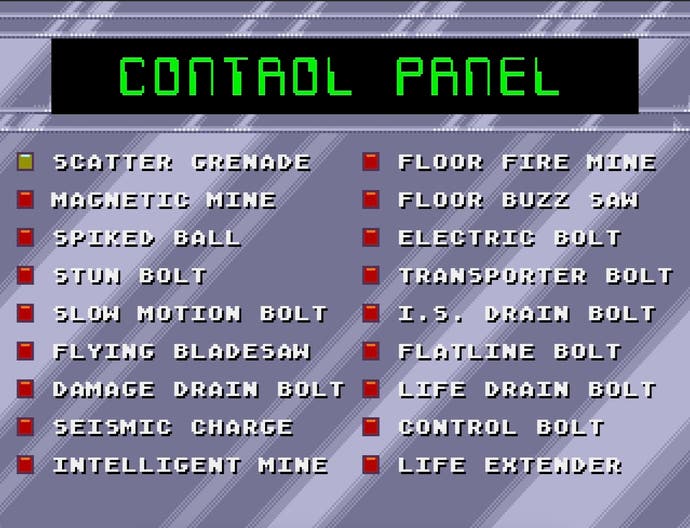
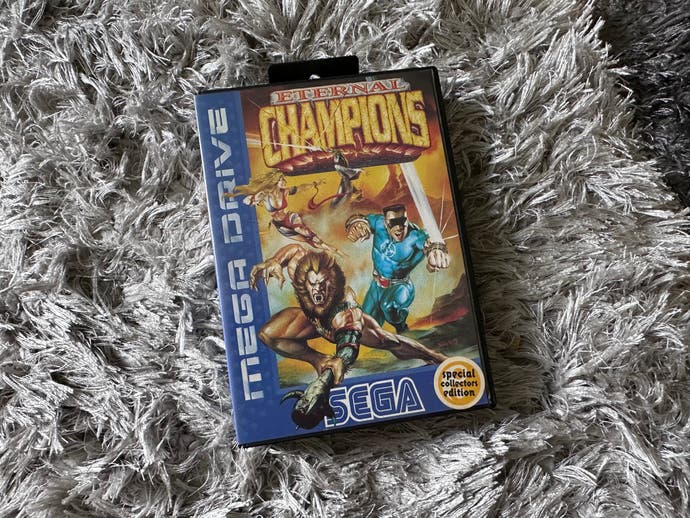
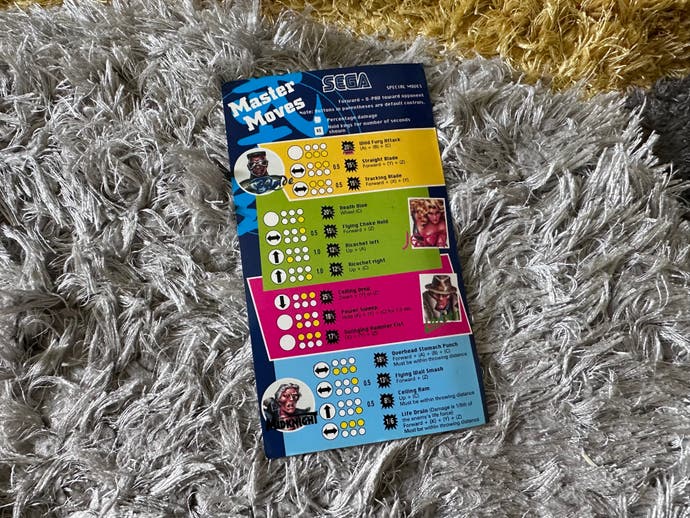
To help your chances, there are extensive training modes and ways to challenge yourself and hone your skills. Good luck with that. I spent a lot of time trying to get better through these modes and I can't remember ever completing the story mode with any character, despite trying very hard for a long time.
Eternal Champions still feels a bit of a relic now ,compared to the everlasting freshness of Street Fighter 2, but it's an intriguing game because it simply tries so hard. A sequel was released for the Sega Mega CD but it was near the end of its lifespan so wasn't a huge success. A third one was advertised for the Sega Saturn but never came to fruition. Spin-offs are out there too for the Game Gear, following an alternate reality for two characters - Larcen, a cat burglar from 1920s Chicago, and Shadow, a ninja assassin from 1990s Japan. Neither are good.
Despite that, I have fond memories of Eternal Champions. Wonky games were the kind of titles you'd come across when you were limited to one or two game shops in your local area and nothing more. Gravitating towards anything Street Fighter might be the obvious choice, but sometimes, you just want to make the game with the cool artwork work for you.


